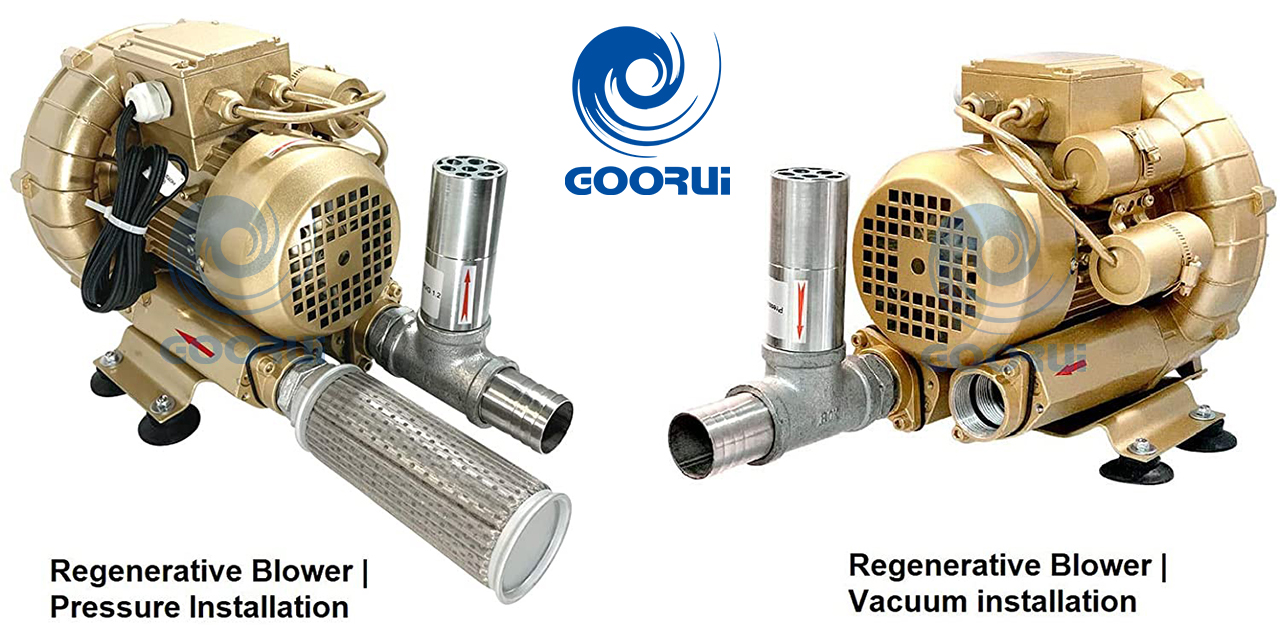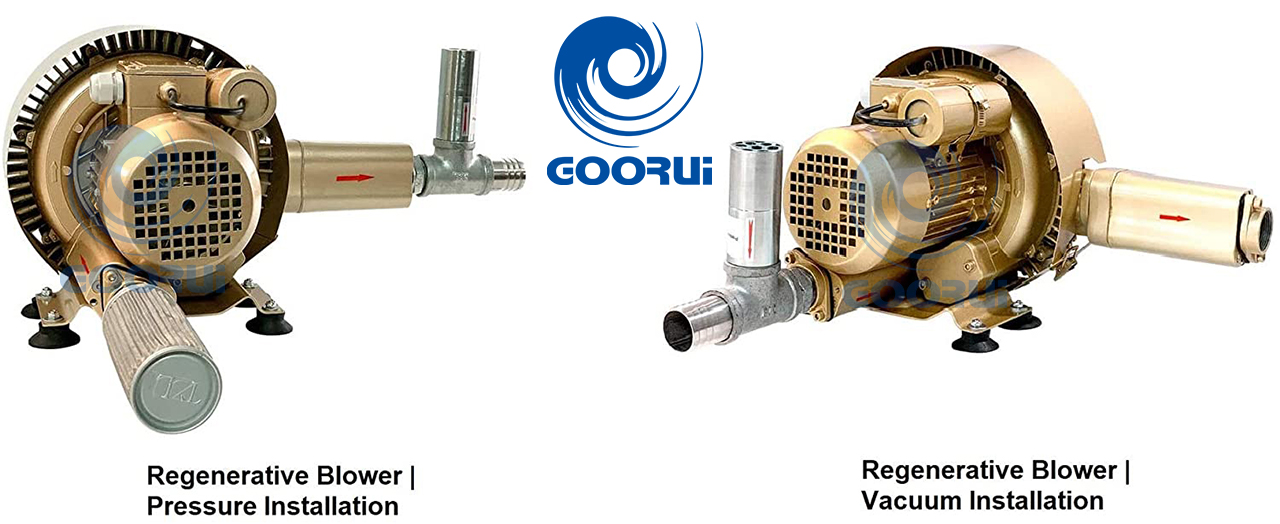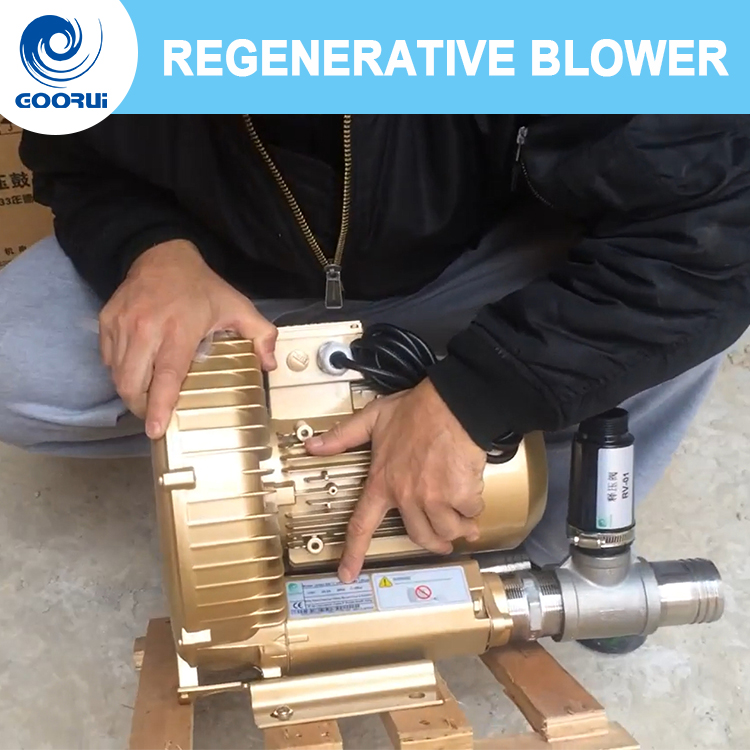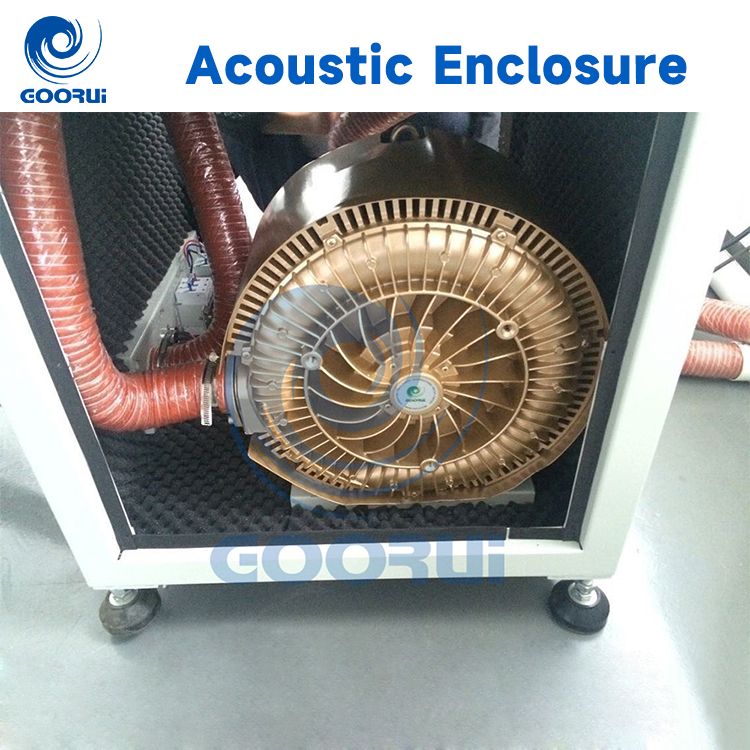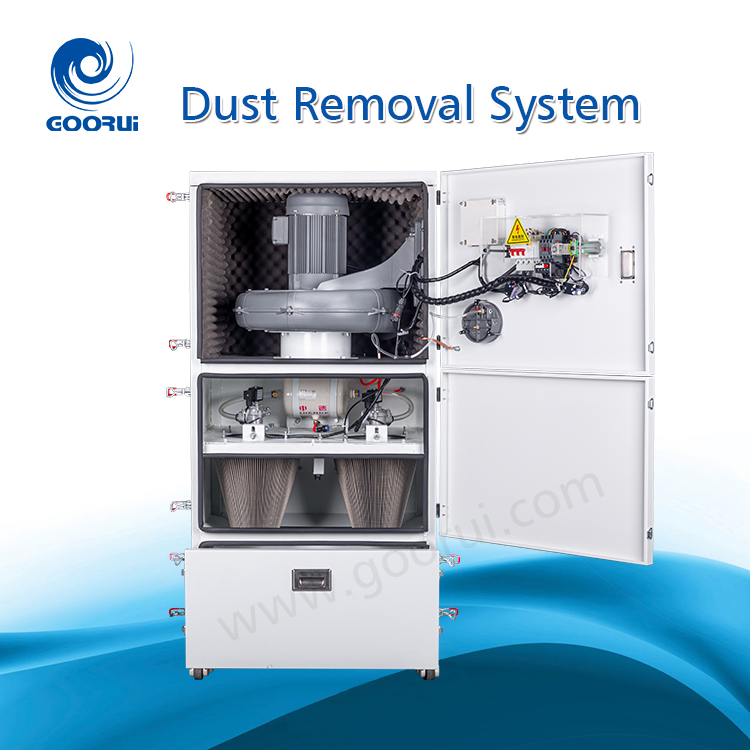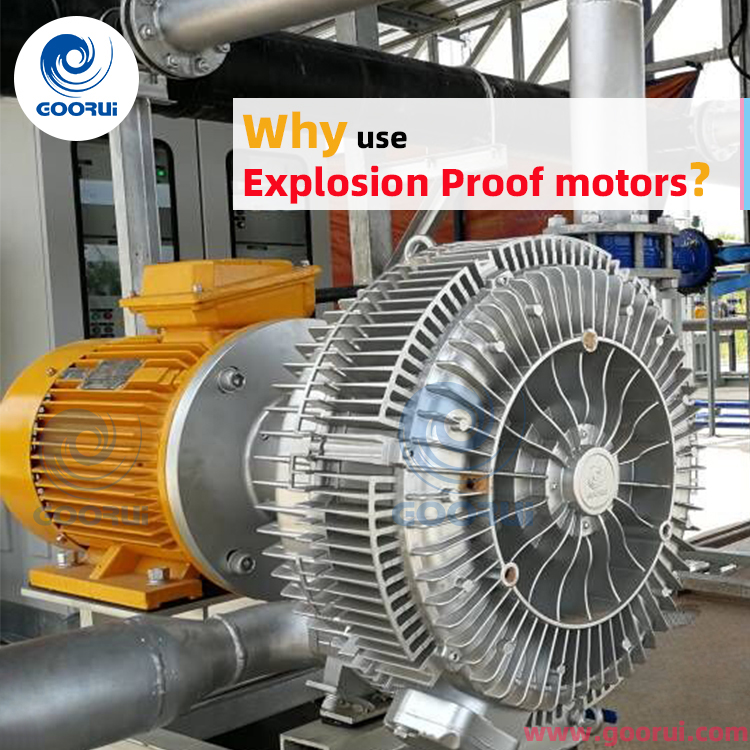As a well-known high-pressure blower manufacturer at home and abroad, Goorui has always put safety production first. Not only do we pay special attention to the safe use of our high-pressure blowers during production, we also pay special attention to the safe use of our high-pressure blowers. Therefore, we have compiled a high-pressure blower safety manual for your reference. Because each company’s products are different, this manual is for reference only. For specific usage, please consult our engineers.
1. Pre-Start Checklist
Check Wiring:
• Ensure the power supply voltage matches the blower’s nameplate (e.g., 3-phase 380V/50Hz).
• Confirm the motor rotation direction is correct (usually indicated by an arrow on the housing).
Inspect Fasteners:
• Make sure all bolts and nuts are securely tightened to prevent vibration-induced loosening.
Check Air Inlet/Outlet:
• Ensure there is no blockage.
• Inlet should not be sealed off.
• Clean filters or silencers if installed.
Check Bearings & Lubrication:
• Most blowers are maintenance-free, but verify there are no unusual noises or resistance in the bearings.
2. Startup Procedure
Start Without Load:
• It is recommended to start the blower without load (disconnected from application equipment) during first-time use or after installation.
Gradually Apply Load:
• Once the blower runs smoothly, connect it to end equipment such as air knives, suction plates, or diffusers.
• If using a frequency converter (VFD), increase frequency gradually to avoid sudden torque.
Monitor Current:
• Watch the current during startup; it should not exceed the motor’s rated current.
3. During Operation
Avoid Overpressure Operation:
• Running beyond rated pressure may cause motor overload and damage.
Monitor Temperature:
• Outlet temperature rise is normal but should not exceed 80–100°C.
• If overheating occurs, check for pipe blockages or high backpressure.
Listen for Unusual Sounds or Vibrations:
• The blower should emit a consistent, high-pitched sound.
• Sharp noise, scraping, or vibration may indicate a mechanical issue.
4. Shutdown and Maintenance
Normal Shutdown:
• Disconnect the load first, then power off the blower.
• If using a VFD, ramp the frequency down to 0Hz before shutting off.
Routine Cleaning:
• Regularly clean inlet filters or silencers.
• In dusty environments, inspect and clean every 1–2 weeks.
Periodic Checks:
• Every 6–12 months, check motor bearings, insulation resistance, and winding temperature.
5. Common Issues & Troubleshooting
| Problem | Possible Cause | Solution |
| Motor Overheating | Overload, poor ventilation, wrong voltage | Check current, clean vents, verify voltage |
| Excessive Noise | Foreign object, bearing failure, impeller contact | Stop and inspect blower |
| Low Airflow | Leakage, clogged filter | Check for air leaks, clean filter |
| Startup Failure | Undervoltage, capacitor fault (single phase), high load | Check power supply and startup conditions |



